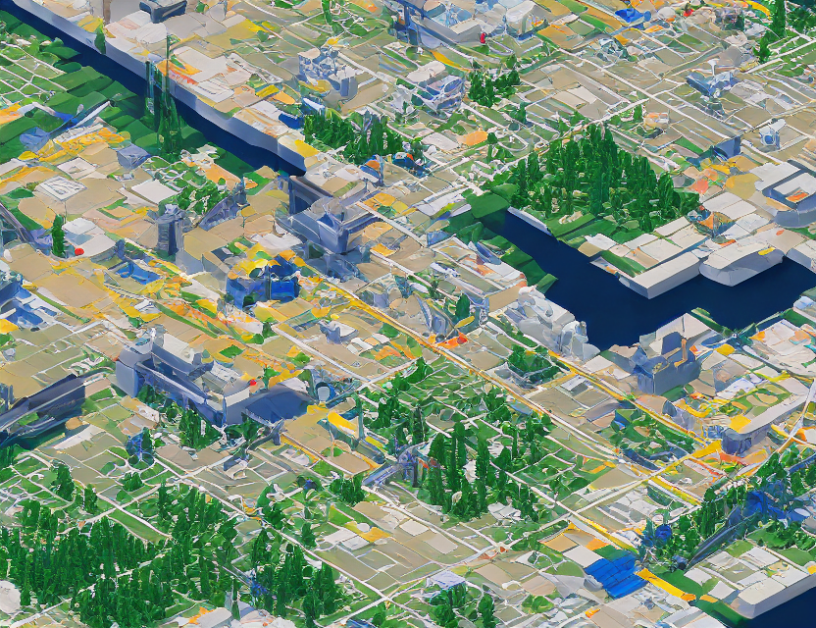In the world of autonomous vehicles, cooperative maneuvers are essential for ensuring safety and efficiency on the road. This article provides a comprehensive survey of the current state of cooperative maneuvers system architecture, including communication topology, computation paradigm, and decision-making process. The authors explore how different centralization degrees can be combined to create various options for agreement-seeking cooperation.
Communication Topology
Think of communication topology as the roadmap for autonomous vehicles to navigate through traffic. Just like how drivers use GPS to find the most efficient route, cooperative maneuvers system architecture helps vehicles communicate with each other to find the best course of action. The authors explain that there are various options available, ranging from centralized to decentralized communication, and how these options can be combined in different ways.
Computation Paradigm
In this context, computation paradigm refers to how the vehicles make decisions based on the information they receive from other vehicles. Imagine it like a game of chess – each vehicle makes moves based on its own strategy and the moves of its opponents. The authors explain that there are different decision-making processes available, including probabilistic and deterministic methods, and how these methods can be combined to create more robust cooperative maneuvers.
Decision-Making Process
The decision-making process is the critical element that determines whether a cooperative maneuver will succeed or fail. Think of it like a team working together towards a common goal – everyone needs to agree on the best course of action. The authors explain how different decision-making processes can be used, including consensus and voting methods, and how these methods can be combined to create more efficient cooperative maneuvers.
Adapting V2X Technology
V2X (Vehicle-to-Everything) technology is an essential component of cooperative maneuvers, enabling vehicles to communicate with their surroundings. The authors explain how V2X technology can be adapted to cooperative maneuvers, including the use of wireless communication protocols and the integration of V2X technology with other sensors.
Conclusion
In conclusion, cooperative maneuvers system architecture is a complex but essential component of autonomous vehicle systems. By understanding the different options available for communication topology, computation paradigm, and decision-making process, we can create more efficient and safe cooperative maneuvers. Adapting V2X technology to these cooperative maneuvers is crucial for enabling vehicles to communicate with their surroundings and make better decisions. As the field of autonomous vehicles continues to evolve, it is essential to stay up-to-date on the latest developments in cooperative maneuvers system architecture.



